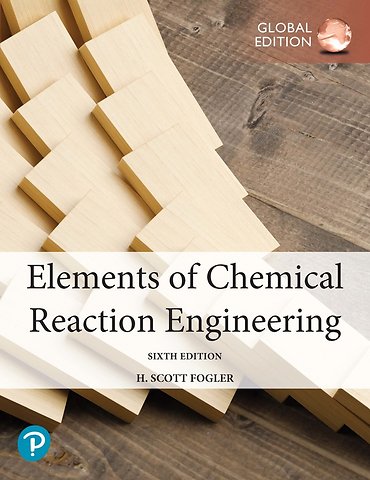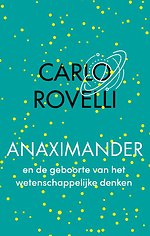Elements of Chemical Reaction Engineering
Global Edition
Samenvatting
For decades, H. Scott Fogler’s Elements of Chemical Reaction Engineering has been the world’s dominant chemical reaction engineering text. Using sliders and interactive examples in Wolfram, Python, POLYMATH, and MATLAB, students can explore reactions and reactors by running realistic simulation experiments.
Writing for today’s students, Fogler provides instant access to information, avoids extraneous details, and presents novel problems linking theory to practice. Faculty can flexibly define their courses, drawing on updated chapters, problems, and extensive Professional Reference Shelf web content at diverse levels of difficulty.
The book thoroughly prepares undergraduates to apply chemical reaction kinetics and physics to the design of chemical reactors. And four advanced chapters address graduate-level topics, including effectiveness factors. To support the field’s growing emphasis on chemical reactor safety, each chapter now ends with a practical safety lesson.
- Updates throughout the book reflect current theory and practice and emphasise safety
- New discussions of molecular simulations and stochastic modeling
- Increased emphasis on alternative energy sources such as solar and biofuels
- Thorough reworking of three chapters on heat effects
- Full chapters on nonideal reactors, diffusion limitations, and residence time distribution
Specificaties
Inhoudsopgave
2. Conversion and Reactor Sizing
3. Rate Laws
4. Stoichiometry
5. Isothermal Reactor Design: Conversion
6. Isothermal Reactor Design: Moles and Molar Flow Rates
7. Collection and Analysis of Rate Data
8. Multiple Reactions
9. Reaction Mechanisms, Pathways, Bioreactions, and Bioreactors
10. Catalysis and Catalytic Reactors
11. Nonisothermal Reactor Design: The Steady-State Energy Balance and Adiabatic PFR Applications
12. Steady-State Nonisothermal Reactor Design: Flow Reactors with Heat Exchange
13. Unsteady-State Nonisothermal Reactor Design
14. Mass Transfer Limitations in Reacting Systems
15. Diffusion and Reaction
16. Residence Time Distributions of Chemical Reactors
17. Predicting Conversion Directly from the Residence Time Distribution
18. Models for Nonideal Reactors
Appendix A: Numerical Techniques
Appendix B: Ideal Gas Constant and Conversion Factors
Appendix C: Thermodynamic Relationships Involving the Equilibrium Constant
Appendix D: Software Packages
Appendix E: Rate-Law Data
Appendix F: Nomenclature
Appendix G: Open-Ended Problems
Appendix H: Use of Computational Chemistry Software Packages
Appendix I: How to Use the CRE Web Resources
Index









